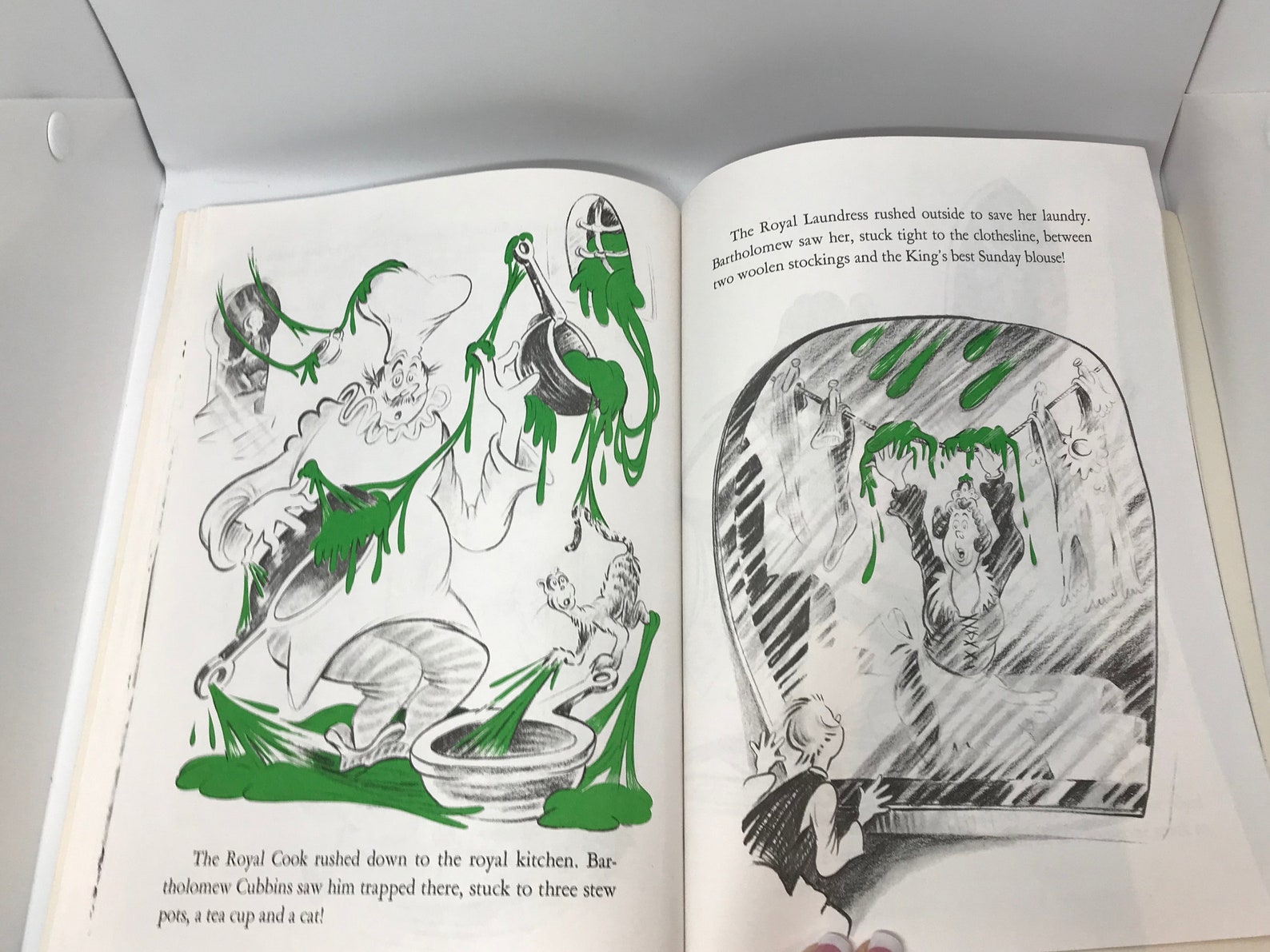

Bartholomew does so, but another hat mysteriously appears when he attempts to remove this one, yet another one appears.

As per law, one is supposed to remove his or her hat when the king passes by, but Bartholomew apparently does not follow the rule, despite having a hat in his hand, and is ordered to remove the hat on his head. One day, Bartholomew is sent into the town to sell some berries, when he comes across King Derwin riding through a street.

A young peasant, Bartholomew Cubbins, lives on the outskirts of the kingdom with his family he wears a simple red hat with a single white feather that has remained within the family for generations. Set in feudal times, the story begins in the Kingdom of Didd. The characters of Bartholomew and King Derwin returned a decade later in Bartholomew and the Oobleck. Geisel concluded that the man was so "stuffy" that he would just grow a new one. Geisel, who collected hats, got the idea for the story on a commuter train from New York to New England, while he was sitting behind a businessman wearing a hat the passenger was so stiff and formal that Geisel idly wondered what would happen if he took the man's hat and threw it out the window. Unlike the majority of Geisel's books, it is written in prose rather than rhyming and metered verse. Seuss and published by Vanguard Press in 1938. The 500 Hats of Bartholomew Cubbins is a children's book, written and illustrated by Theodor Geisel under the pen name Dr. And to Think That I Saw It on Mulberry Street


 0 kommentar(er)
0 kommentar(er)
